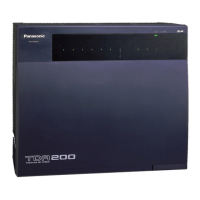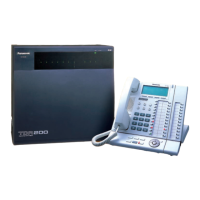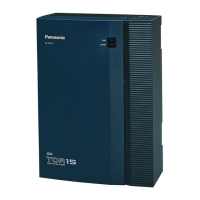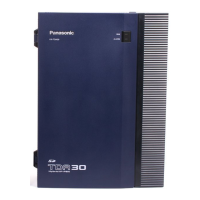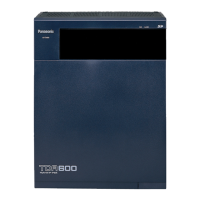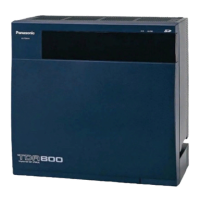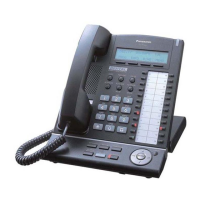1.2.2.6 Overflow Feature
Description
When waiting calls exceed the waiting queue capacity, they may be redirected to a preprogrammed destination
or a busy tone may be sent to the callers by the following features:
1. Intercept Routing—Overflow in an Incoming Call Distribution Group
2. Busy on Busy
1. Intercept Routing—Overflow in an Incoming Call Distribution Group
Intercept Routing—Overflow in an Incoming Call Distribution Group works in one of following conditions:
a. There is no space in the waiting queue.
b. The Queuing Time Table is not assigned and there are no extensions logged in.
c. An Overflow command is assigned to the Queuing Time Table.
d. The Overflow time expires.
e. Manual Queue Redirection is performed.
[Available Destination]
The overflow destinations can be assigned for each incoming call distribution group and each time mode
(day/lunch/break/night) (® 2.2.4 Time Service). The destination can be assigned as follows, depending
on the above conditions.
• For a) and b):
® 5.13 [3-5-1] Incoming Call Distribution Group—Group Settings—Overflow Queuing Busy—
Queuing Busy—Destination-Day, Lunch, Break, Night
® [627] Destination When All Busy
• For c), d), and e):
® 5.13 [3-5-1] Incoming Call Distribution Group—Group Settings—Overflow No Answer—
Time out
& Manual Queue Redirection—Destination-Day, Lunch, Break, Night
® [625] Destination for Overflow Time Expiration
Destination
Availability
Wired Extension (PT/SLT/ISDN Extension/T1-OPX)
ü
PS
ü
Incoming Call Distribution Group
ü
PS Ring Group
ü
Floating Extension no. for SVM
ü
VM Group (DTMF/DPT)
ü
External Pager (TAFAS)
ü
DISA
ü
Analogue/ISDN Remote Maintenance
ü
Idle Line Access no. + Phone no.
ü
Trunk Group Access no. + Trunk Group no. + Phone no.
ü
Other PBX Extension (TIE with no PBX Code)
ü
Other PBX Extension (TIE with PBX Code)
ü
2. Busy on Busy
Feature Guide 59
1.2.2 Incoming Call Distribution Group Features

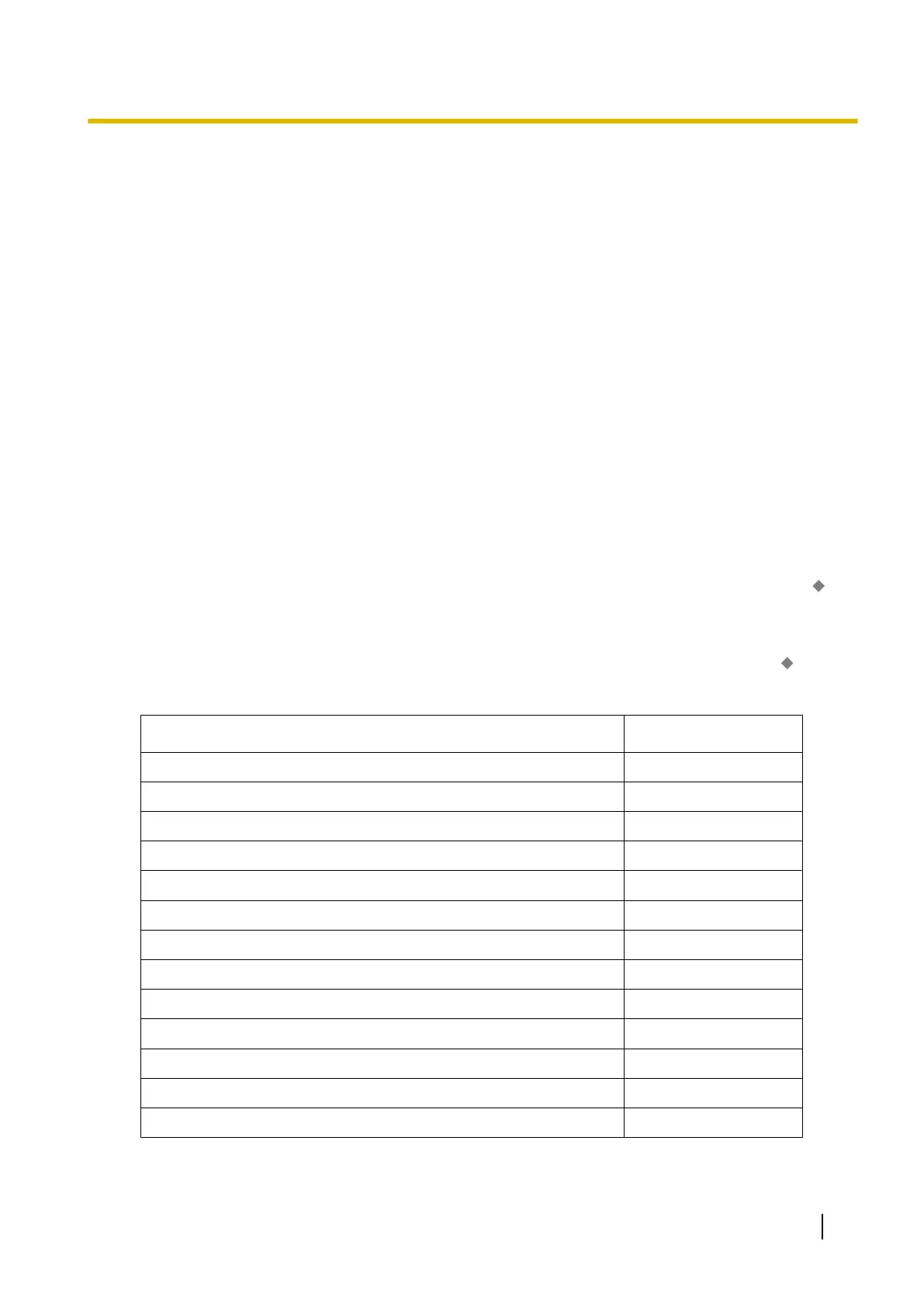